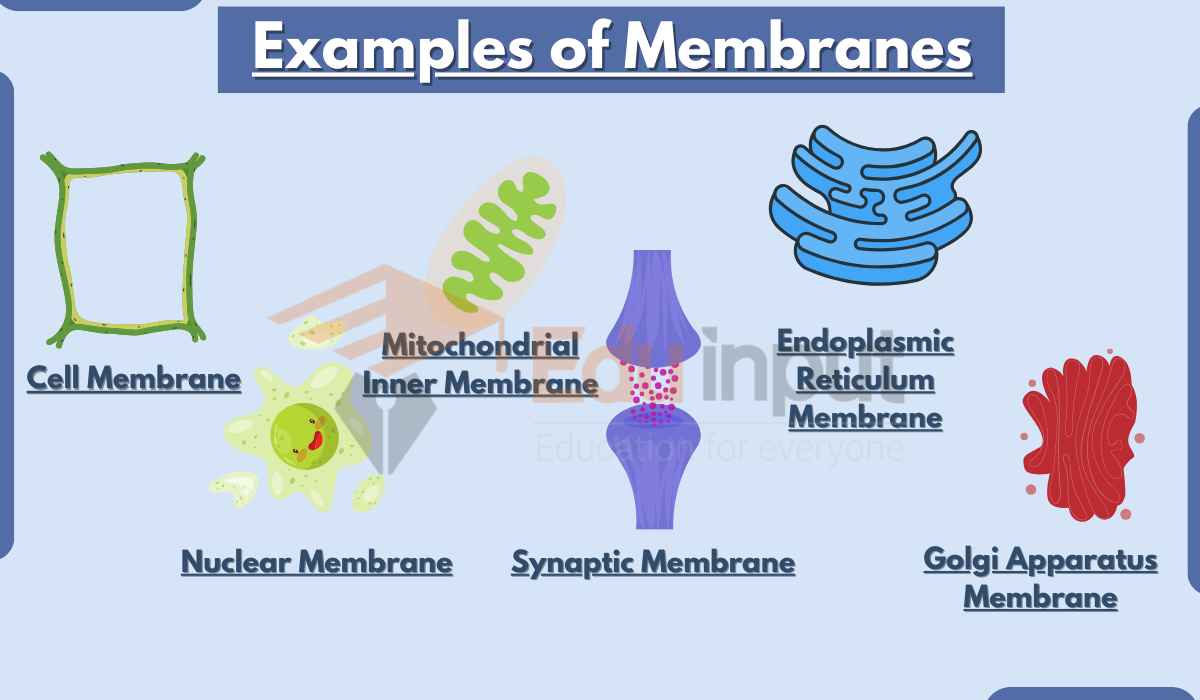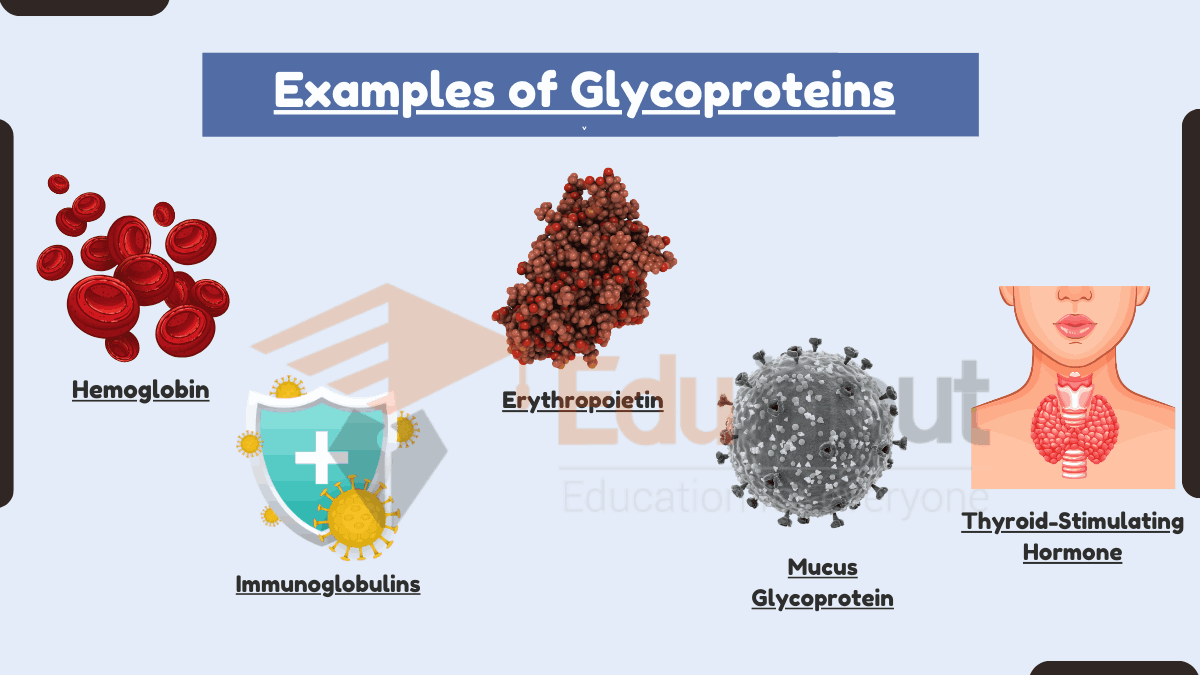5 Examples of Natural Selection in Microbes
Examples of Natural Selection in Microbes includes antibiotic resistance, pigmentation, virulence, and shape in microorganisms.
Examples of Natural Selection in Microbes
Here are some examples of natural selection in microorganisms:
1. Antibiotic resistance
Bacteria can develop resistance to antibiotics over time. This is an example of natural selection. When bacteria are exposed to antibiotics, some of them may have mutations that make them resistant to the antibiotic.
These bacteria are more likely to survive and reproduce, and they pass on their resistance to their offspring. As a result, the population of antibiotic-resistant bacteria grows over time.
2. Pigmentation
Some microbes, such as bacteria, can produce pigments that help them survive in their environment. For example, some bacteria that live in hot springs produce pigments that protect them from the heat. Other bacteria that live in the ocean produce pigments that help them to camouflage themselves from predators.
This is an example of natural selection. Microbes that produce pigments that are beneficial to their survival are more likely to survive and reproduce, and they pass on their ability to produce pigments to their offspring.
3. Shape
The shape of a microbe can also be affected by natural selection. For example, some bacteria that live in the gut have a spiral shape that helps them move through the intestines. Other bacteria that live in the soil have a rod-shaped that helps them to burrow into the soil.
This is an example of natural selection. Microbes that have a shape that is beneficial to their survival are more likely to survive and reproduce, and they pass on their shape to their offspring.
4. Virulence
The virulence of a microbe is its ability to cause disease. Some microbes are more virulent than others. This is often due to mutations that give the microbe an advantage in causing disease. For example, some strains of the bacteria E. coli have mutations that make them more likely to cause food poisoning.
This is an example of natural selection. Microbes that are more virulent are more likely to spread and cause disease, and they pass on their virulence to their offspring.
5. Symbiosis
Some microbes live in a symbiotic relationship with other organisms. For example, some bacteria live in the human gut and help to digest food. Other bacteria live on the skin and help protect it from infection.
This is an example of natural selection. Microbes that are able to form beneficial relationships with other organisms are more likely to survive and reproduce, and they pass on their ability to form symbiotic relationships to their offspring.
Also Learn Examples of Natural Selection in Human
Examples of Natural Selection in Plants
Examples of Natural Selection in Microbes

 written by
written by 



Leave a Reply